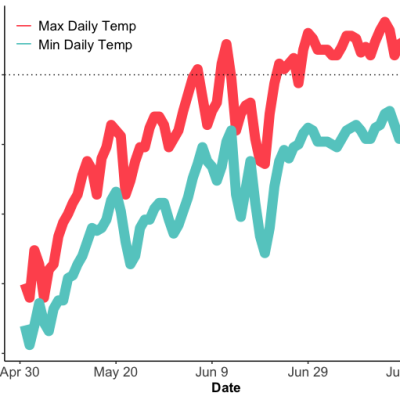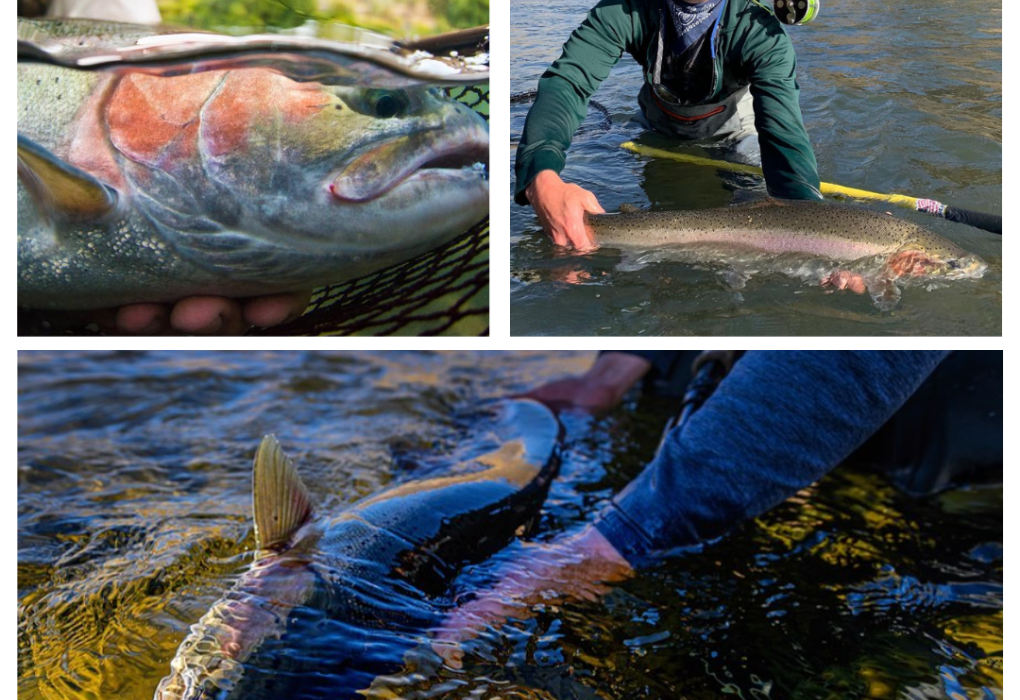Deschutes Steelhead Update
As of July 23, more than 9900 wild steelhead have passed Bonneville Dam, so the Deschutes summer steelhead season will remain open through at least September 14. This is great news for summer steelhead, recreational anglers who enjoy going after these feisty fish, and the guides who depend on a healthy run for their livelihood. However, warm water temperatures in the lower river mean that anglers will still need to use best handling practices to minimize their impact as much as possible. Following these tips will increase the likelihood that any steelhead caught survives the encounter and goes on to spawn successfully:
Monitor water temperatures. When the water temperature climbs above 68F/20C, put the rod away and take a siesta. Fish metabolic demand increases with temperature and warmer water holds less dissolved oxygen, making it harder for steelhead to recover from angling.
Minimize fight times. Use the heaviest practical gear to allow you to quickly land your steelhead, decreasing the aerobic strain on the fish.
Use a net and barbless hooks. Research has shown that landing a steelhead by “tailing” it increases stress and even death rates. Using a rubber (never knotted nylon) net allows fish to be landed quickly and with less stress. Barbless hooks are easier to remove and reduce handling times. If your hooks have barbs, crimp them down with pliers before fishing.
Keep fish wet. If you have to get a photo of your prize catch, keep the fish half-submerged. It still makes for a great photo (see examples above!) but allows the fish to breathe. Never hold a fish over rocks or a boat where they risk having their protective mucous layer removed if accidentally dropped.
Handle fish carefully. When releasing a fish, release it directly from the net after unhooking, or, if necessary, wet your hands before touching it and cradle it near the pectoral fins (never over or in the gills) and by the tail.
Only revive fish that need it. If a fish is having problems staying upright or swimming, gently hold it underwater with its head facing upstream so water passes through its gills until it is able to swim away. Do not hold on to a fish that is actively able to swim away any longer than necessary.

